10 Key Considerations When Selecting a Colocation Provider
Congratulations! You’ve made the decision to consider an off-site data center as a part of your IT strategy. Get ready to reap the benefits, ranging from scalability and enhanced security to increased efficiencies and cost savings. However, that’s all contingent upon choosing the right colocation provider—meaning the colocation provider that can best meet your organization’s specific needs and requirements.
Let's look at some of the important considerations that can help you in selecting a colocation provider—and a colocation facility.
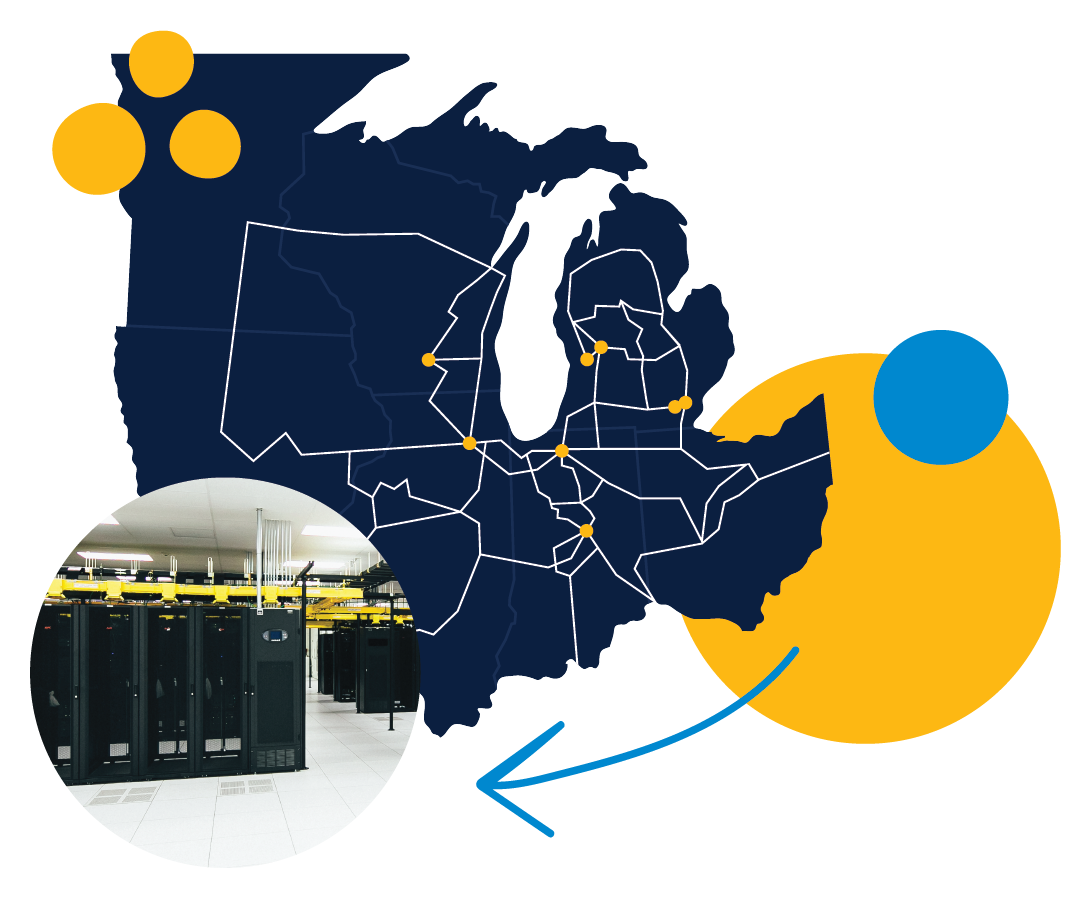

Your Use Case
When you made the decision to consider colocation, you likely had a specific use case in mind.
That use case will play a key role in determining the colocation provider and facility you choose because it will dictate the need for specific services and capabilities.
Do you only require space and power for your own hardware?
Will it be used as a disaster recovery site?
Does it involves cloud services, direct access to third party cloud providers and a suite of managed services?
High density computing, edge computing, and fog computing each have their own specific data center needs as well.
Make sure you’re clear on the “why” of your decision to use colocation, and what data center specifications will be required to meet your needs. Don’t just focus on your immediate requirements. Think about where your IT needs are going over the next few years.
For example, if a cloud migration is in your future, opting for a colocation provider that also offers cloud services and the necessary connectivity will be important.
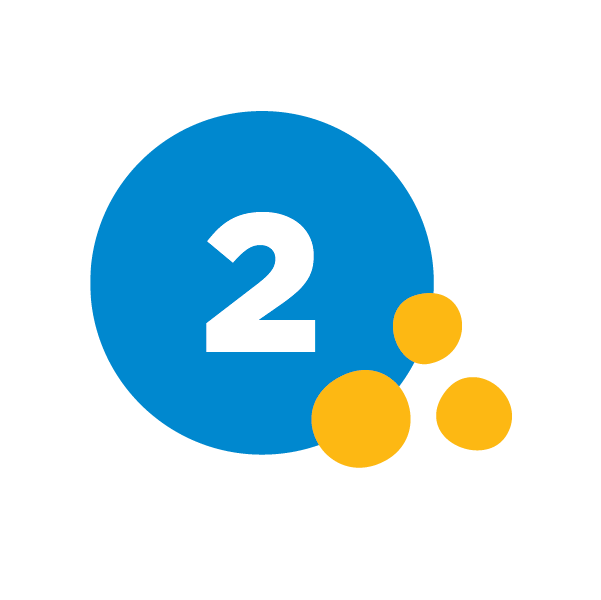
Reliability and Availability
In a data center, having a reliable system design is the most critical variable. But if a failure occurs, the most important consideration becomes getting things back up and running as quickly as possible to minimize downtime.
If you’re running mission-critical workloads, you’ll want the highest level of availability and reliability, as well as the ability to rapidly failover when and if required. That level is often referred to as “five nines,” meaning the data center offers 99.999% uptime. That translates into 5.39 minutes throughout the year for planned or unplanned downtime.
Data center providers use infrastructure redundancy and monitoring to help ensure specific levels of uptime. That doesn’t come cheap due to the cost of the physical infrastructure and software components.
Plus, high levels of redundancy don’t always mean a system is more reliable because increasing component redundancy creates a more complex infrastructure. As complexity increases, infrastructure management becomes more challenging.
For many workloads, three nines or four nines may be enough to meet your business requirements and make more sense in terms of the resources and costs.

Mean Time to Recover (MTR)
When a data center experiences an outage, whether due to human error, a natural disaster or some other cause, it must reboot, recover data and repair any corrupted data in order to be operational again. That’s MTR, and it could be a matter of minutes, hours or even days.
Let’s say you’re considering two data centers that both claim 99.999% uptime. In a single year, the first data center lost power one time for five minutes. That same year, the other data center lost power ten times but only for 30 seconds each time. Both data centers were without power for a total of five minutes and fit the definition of five nines uptime.
The difference is that a data center that loses power 10 times will have a far greater MTR than one that loses power only once. Depending on your business requirements, five nines uptime alone may not suffice. You also need to consider MTR.
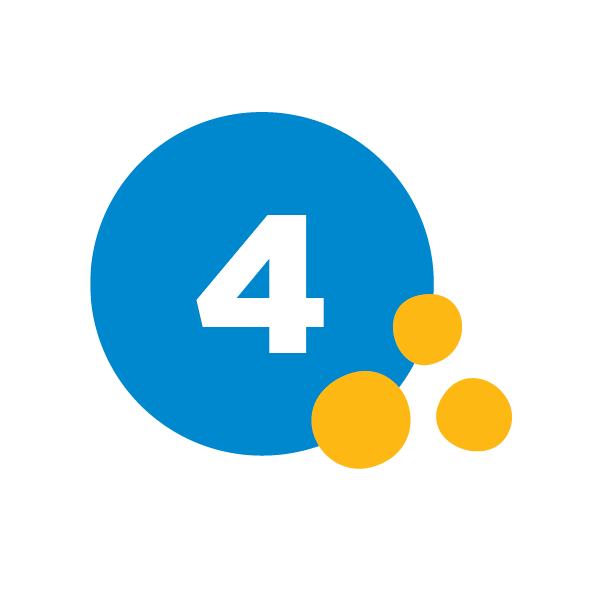
Location
Determine what your location needs are.
- Do you need a data center close to your organization to minimize latency?
- Is quick, convenient access for your IT staff an important factor?
- Could you potentially have a need for equipment and personnel to be brought in for support?
In that case, ensuring your data center is located near an airport, train station or other transportation hub may be an important requirement. You also want both staff and supplies to get to the data center no matter what the weather conditions. That makes transportation routes with priority for snow removal, where snow and ice can be an issue, and the availability of alternate routes important.
In a recent data center survey conducted by US Signal, 91% of respondents were likely to select a facility close to its users.
How you use the data center will also influence your choice of location. Will it be used as a disaster recovery site? If so, it's recommended to be far enough away from your primary site to lessen the chance of a weather-related or natural disaster taking out both facilities.
Related is the matter of the utility grid that provides power to a data center. To minimize the chances of disruptions to your data center’s power supply, look for one fed by a reliable utility grid. Although outages don’t always lead to data center outages or critical equipment downtime, unstable utility power can cause capacity and power quality issues.
Data Centers Close to Home
US Signal is among the most trusted data center solutions providers in the Midwest. We’re also where you need us to be — close to your business so you can securely deliver content and services with minimal latency and maximum reliability.

Temperature Control
Make sure any colocation facility you’re considering meets your required standard ranges for temperature and humidity.
Look for data centers that use cooling techniques like hot and cold aisles that provide a front to back cooling profile with blanking plates. They should also employ proper air containment designs and cooling walls that can help avoid hot-spots in your cage.
HVAC and cooling equipment should be reviewed for performance and reliability in the extreme ambient temperatures or conditions they operate in and are exposed to depending on a data center’s geographic location.
The outside ambient conditions of the geographic location may affect operations and the capacities of the equipment.
Also consider how colocation providers purchase, maintain, monitor, inspect and test their HVAC systems and other critical equipment such as UPS devices, generators, switchgear and chillers. Steer clear of any that rely on any piece of equipment that has exceeded its useful life.

Compliance
If your organization is subject to regulatory requirements such as those specified by HIPAA/HITECH, PCI-DSS, CJIS, FISMA or others, make sure any prospective colocation provider you’re considering can help you meet them.
While your organization is ultimately responsible for compliance, many of the security controls and protocols employed by a colocation provider can help lessen the burden for you.
Give priority to providers that undergo independent audits by third parties. Seek out data centers that have been audited to SSAE 18 standards in North America and the comparable ISAE 3402 standards for physical security and environmental controls abroad. Insist on seeing copies of their attestation reports, such as SOC 1 and SOC 2 for SSAE 18 audited providers.
Data center operators that undergo audits demonstrate their commitment to staying current with everchanging industry and government regulation, investing in technologies and processes to assure compliance.
Those certified under Privacy Shield and that are GDPR compliant for the transfer of European Union data are positioned to better support customers with international business needs.
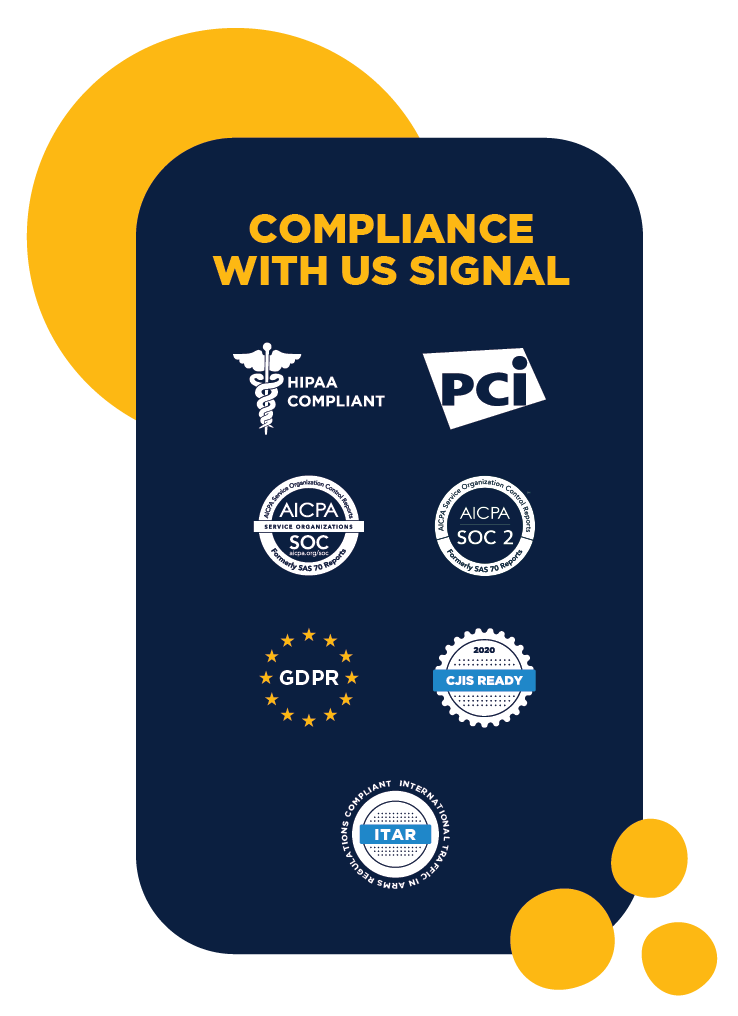

Network Connectivity
One of the benefits of colocation is the ability to interconnect within a shared data center space.
Do they have fiber facilities provided by several redundant carriers and will they help you gain access to any other carrier you choose that may not already be in their facilities? Do they have a large ecosystem of customers already interconnecting with each other? Are their data centers carrier-neutral?
Diverse fiber facilities offered by different connectivity providers or carriers offer the additional benefit of redundancy. This means that should one carrier or provider’s backbone fail, traffic can be switched over to another provider’s network if configured appropriately.
For optimized physical diversity, a provider should bring fiber into its facility from at least two separate and diverse locations. This ensures traffic will continue to flow even if all the conduits or fiber coming through one of the entrance points is damaged.
As the Midwest’s largest privately owned fiber network, the US Signal network is comprised of 14,000 miles of fast, reliable fiber optic connectivity. Learn more on why connections matter by diving into US Signal's network.
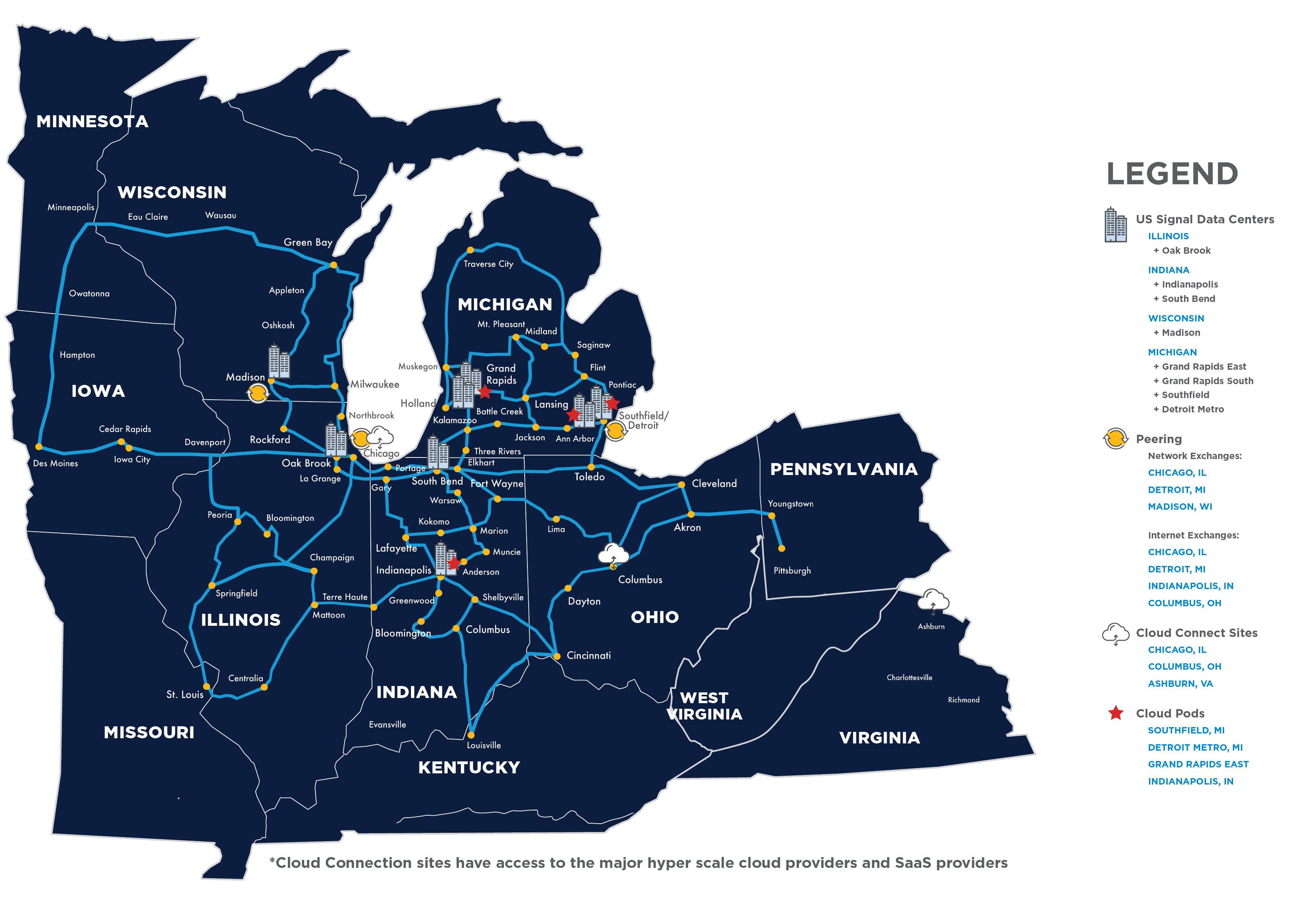
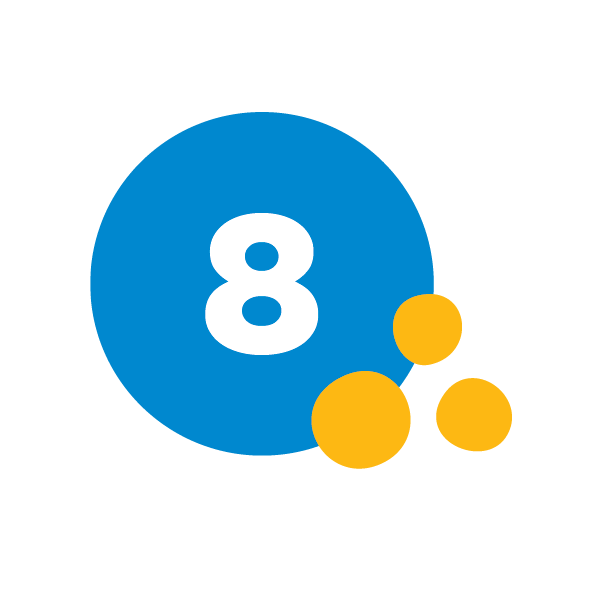
Scalability and Flexibility
Any data center operator you consider should be able to accommodate your ability to scale your resources and bandwidth to meet your changing business needs.
Make sure any potential colocation provider has ready-to-use space and a variety of setup options such as individual cabinets, cages with racks, and office space.
Inquire about future expansion plans. Having the option to increase your space in the future can save you significant time and costs, compared with deploying with a different provider or moving to another data center.
Maybe part of your growth plan includes a path to the cloud, where you move resources to a virtual environment as physical gear becomes end of life.
Ask potential providers to share their product road maps too. Are they currently offering leading-edge services, and what are their plans for the coming years? As your organization’s needs change and new technologies emerge, you want to make sure you’ll have access to what you need.
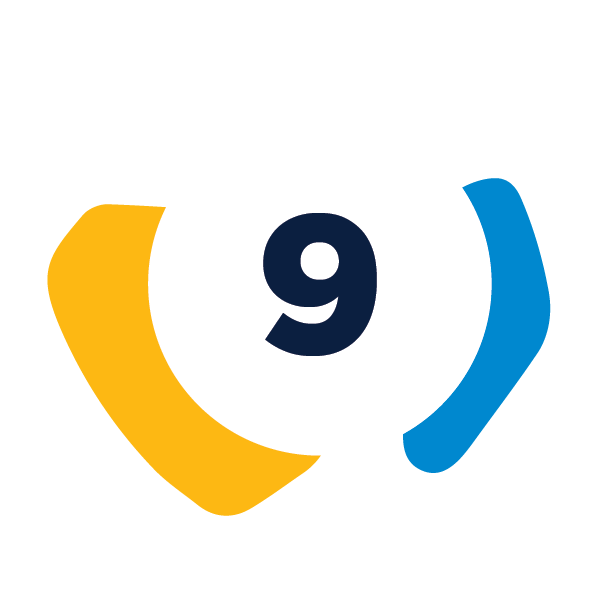
Technical Support
You never know when an emergency might occur, so it’s good to know that tech support is just a phone call or text away, regardless of the time. Seek out colocation providers that offer 24/7/365 support for emergency re-boots or other issues when your staff is not on site.
The experience of the provider’s tech support staff will also influence the level of service you receive. Look for those that have the skilled staff for all data center capabilities rather than ones that simply manage vendors that come in to service the data center systems.
Make sure the colocation provider’s procedures are documented, and all personnel associated with those processes are trained. You’ll also want to understand the maintenance processes for equipment and systems, as well as the frequency of preventive and predictive maintenance, to help ensure that OEM recommendations are being met or exceeded.
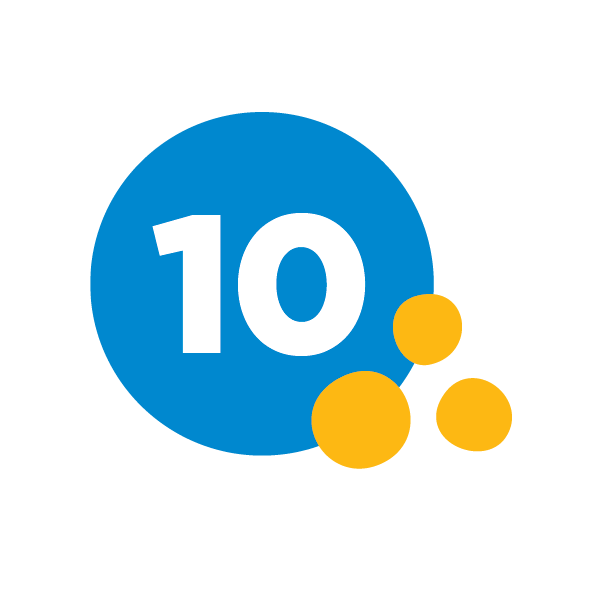
Financial Security
The last thing you want to do is move your IT assets to an off-premise data center, get things up and running, and then have the provider go out of business a year later. It happens, and it can be extremely costly and disruptive to your operations.
Investigate the financial security of any data center operator you’re considering, as well as the stability of its operations. Review press releases, analyst reports and financial history to get an idea of each data center operator’s viability. Look at how long each has been in business.
Those with at least five to ten years of experience are more likely to have staying power than newcomers to the industry or those that started out providing a different service and just recently transitioned into colocation.
Financially secure data center operators are also more likely to have the resources to invest in additional build-outs for a data center as well as to continually upgrade or add new technologies and equipment. Look for providers that have a track record of successful expansion and continue to evolve their services and invest in new technologies.
We Could Go On...
Of course, there are many more considerations that go into choosing the best colocation provider to meet your organization’s specific needs. Things like budget, service level agreements, contracts, and other factors will play roles as well.
The key is to take the time to first determine what you really need—today and tomorrow. Then seek out the providers best equipped to meet those needs.
Don’t be swayed by marketing fluff. Ask the hard questions. Check references, particularly from a provider’s customers who are like your organization and/or have been with the provider for a long time.
Colocation offers a wide array of benefits. You’re more likely to appreciate them to the fullest if you’re working with the right colocation provider.
Find out if US Signal aligns with your needs.
Complete the form below to request an email or call. Get specific answers determining if US Signal meets your organization's requirements.